Dear all,
Due to the coronavirus outbreak, we are sorry to inform you that the 4th European Workshop on Chironomidae Identification Methodology (EWCIM) has been canceled.
Please accept our sincerest apologies for any inconvenience this may cause. We are looking forward to organizing the EWCIM workshop at the Department of Biology, Josip Juraj Strossmayer University of Osijek, Osijek, Croatia in the future, once this pandemic passes. In the meantime, please stay safe.
Sincerely,
Welcome to the 4th European Workshop on Chironomidae Identification Methodology (EWCIM) !
Dear all,
Next year’s EWCIM workshop will be held at the Department of Biology, Josip Juraj Strossmayer University of Osijek, Osijek, Croatia - 2nd to 6th February 2021
Workshop is continuing for five days and will include: introduction lectures,
demonstrations and practical work, suitable for participants with different levels of foreknowledge.
During the training days, four chironomid subfamilies (Tanypodinae, Diamesinae, Orthocladiinae and Chironominae),
will be covered both in theory and practice. An international team of researchers - chironomid specialists,
will demonstrate, instruct and help the participants to master the techniques necessary for identification –
larvae handling, different techniques of slide preparation and distinguishing morphological characteristics.
Participation fee of €400 (+bank transfer expenses) includes: the costs of the course, working materials, coffee breaks
and lunches for all five days of training course, and the closing dinner.
Dear all,
We are glad to inform you that we are organizing the 3rd European Workshop on Chironomidae Identification Methodology (EWCIM).
The workshop will be held at the Matei Bel University, Banska Bystrica, Slovakia, 21st - 25th of January 2019.
We have booked accommodations in pension which is situated 500m from Faculty of Natural Sciences, where workshop will be organized. Price is 18€ /person/night. There is a possibility to have breakfast there - you can "check" that option in the registration form.
Photo Gallery
-
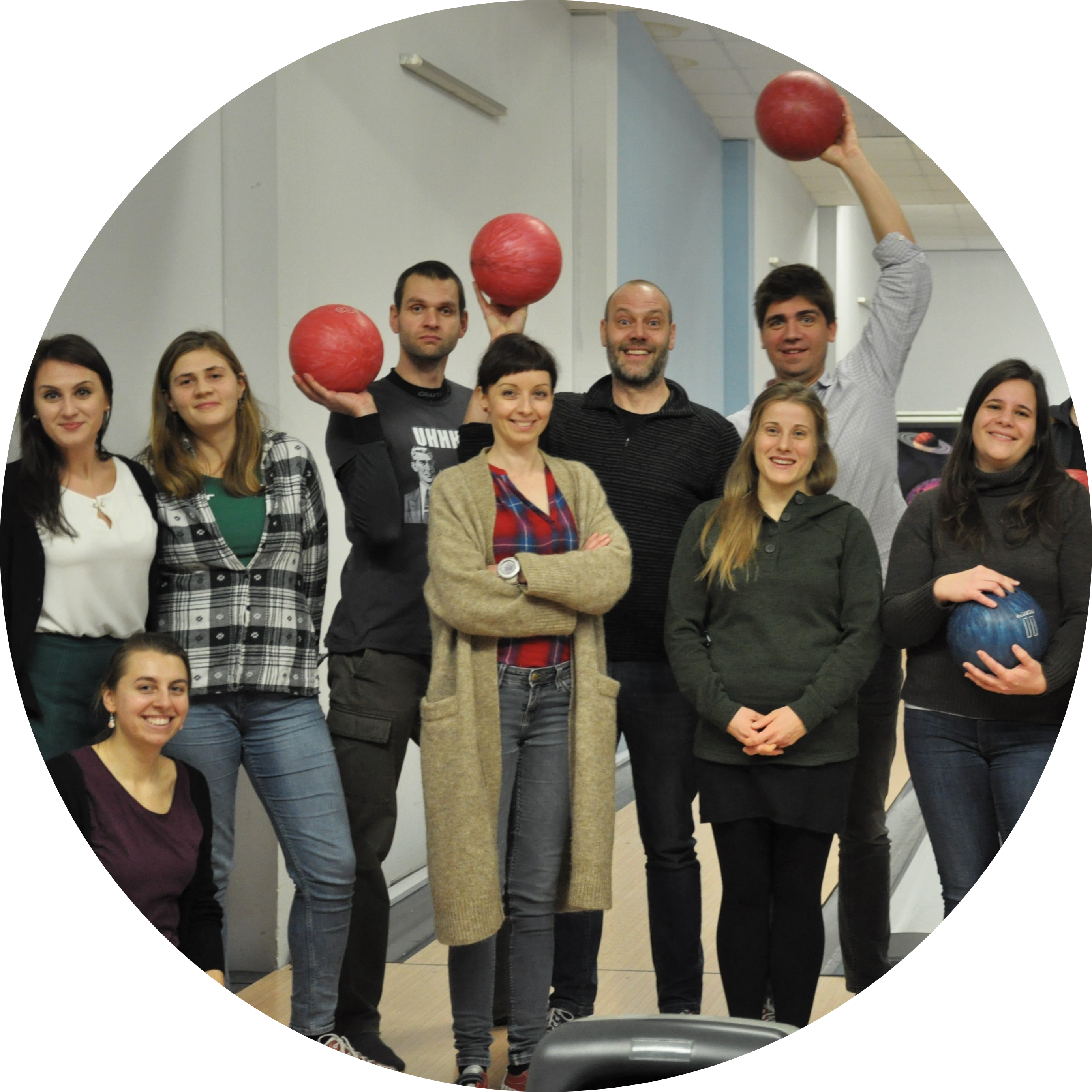
The 3rd Workshop
The 3rd European Workshop on Chironomidae Identification Methodology
-
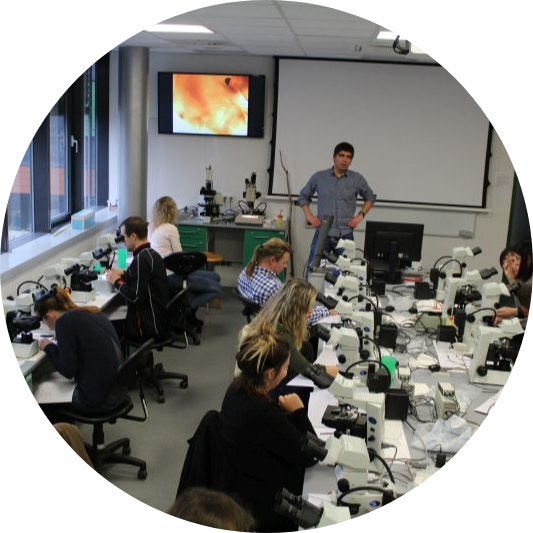
The 2nd Workshop
The 2nd European Workshop on Chironomidae Identification Methodology
-
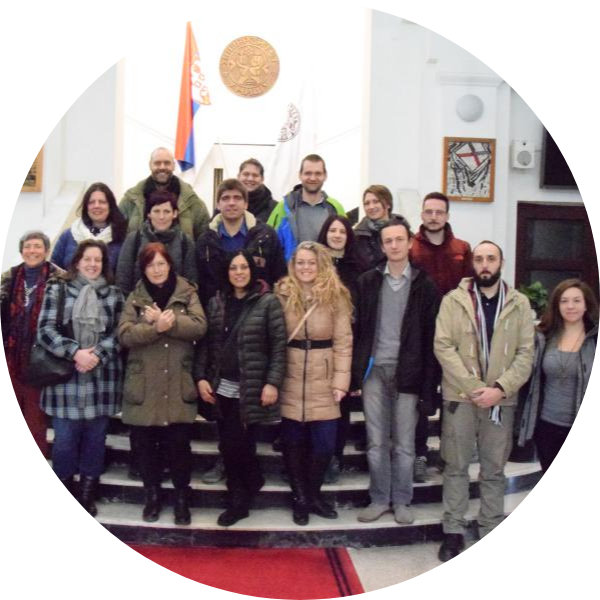
The 1st Workshop
The organizers would like to thank all the attendees of the 1st EWCIM for their participation and committed cooperation, which have led to a very successful workshop
Why Chironomidae?
Members of the Chironomidae family (Diptera) are one of the dominant and most diverse aquatic macroinvertebrate groups and also probably the most widely distributed insect family in freshwaters (all types of water bodies, all continents) and can even be found in marine habitats. Freshwaters at high altitudes and latitudes are colonized mainly by Chironomidae. Nearly 1200 species are known from Europe, and about 2000 from the Holarctic, but the total number of the species worldwide is estimated to be around 15000.
Chironomid larvae play an essential role in food webs, energy flow and ecosystem functioning, as they are ecosystem engineers, good colonizers and represent a main link between different trophic levels within aquatic ecosystems.
Furthermore,chironomid larvae are excellent indicators of water quality as there are many both sensitive speices and species tolerant to physical and chemical disturbances of their habitat, and represent a key group in most national bioassessment and monitoring programmes.
Instructors
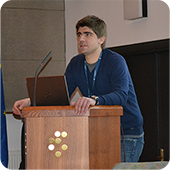
Dr Djuradj Milosevic
Departman of Biology and Ecology, Faculty of Sciences and Mathematics, University of Niš, Serbia
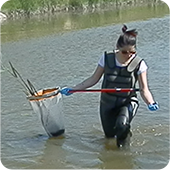
Dr Dubravka Čerba
Department of Biology, University of Josip Juraj Strossmayer, Croatia
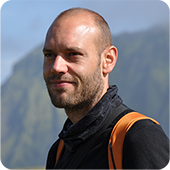
Dr Ladislav Hamerlík
Faculty of Natural Sciences, Matej Bel University, Slovakia
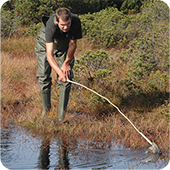
Dr Vít Syrovátka
Department of Botany and Zoology, Faculty of Science, Masaryk University, The Czech Republic
Program
The program will include different activities: introduction lectures, demonstrations and practical work, suitable for participants with different levels of foreknowledge. During four training days, five chironomid subfamilies (Tanypodinae, Diamesinae, Prodiamesinae, Orthocladiinae and Chironominae), will be covered both in theory and practice. An international team of researchers - chironomid specialists - will demonstrate, instruct and help the participants to master the techniques necessary for identification – larvae handling, slide preparation and distinguishing morphological characteristics.